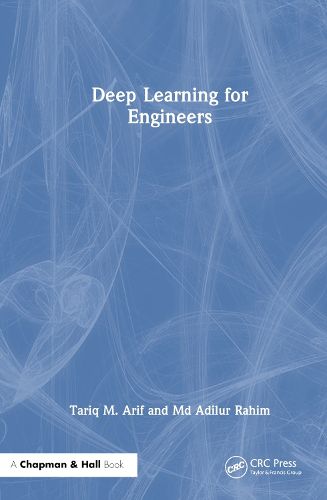Readings Newsletter
Become a Readings Member to make your shopping experience even easier.
Sign in or sign up for free!
You’re not far away from qualifying for FREE standard shipping within Australia
You’ve qualified for FREE standard shipping within Australia
The cart is loading…






Deep Learning for Engineers introduces the fundamental principles of deep learning along with an explanation of the basic elements required for understanding and applying deep learning models.
As a comprehensive guideline for applying deep learning models in practical settings, this book features an easy-to-understand coding structure using Python and PyTorch with an in-depth explanation of four typical deep learning case studies on image classification, object detection, semantic segmentation, and image captioning. The fundamentals of convolutional neural network (CNN) and recurrent neural network (RNN) architectures and their practical implementations in science and engineering are also discussed.
This book includes exercise problems for all case studies focusing on various fine-tuning approaches in deep learning. Science and engineering students at both undergraduate and graduate levels, academic researchers, and industry professionals will find the contents useful.
$9.00 standard shipping within Australia
FREE standard shipping within Australia for orders over $100.00
Express & International shipping calculated at checkout
Deep Learning for Engineers introduces the fundamental principles of deep learning along with an explanation of the basic elements required for understanding and applying deep learning models.
As a comprehensive guideline for applying deep learning models in practical settings, this book features an easy-to-understand coding structure using Python and PyTorch with an in-depth explanation of four typical deep learning case studies on image classification, object detection, semantic segmentation, and image captioning. The fundamentals of convolutional neural network (CNN) and recurrent neural network (RNN) architectures and their practical implementations in science and engineering are also discussed.
This book includes exercise problems for all case studies focusing on various fine-tuning approaches in deep learning. Science and engineering students at both undergraduate and graduate levels, academic researchers, and industry professionals will find the contents useful.